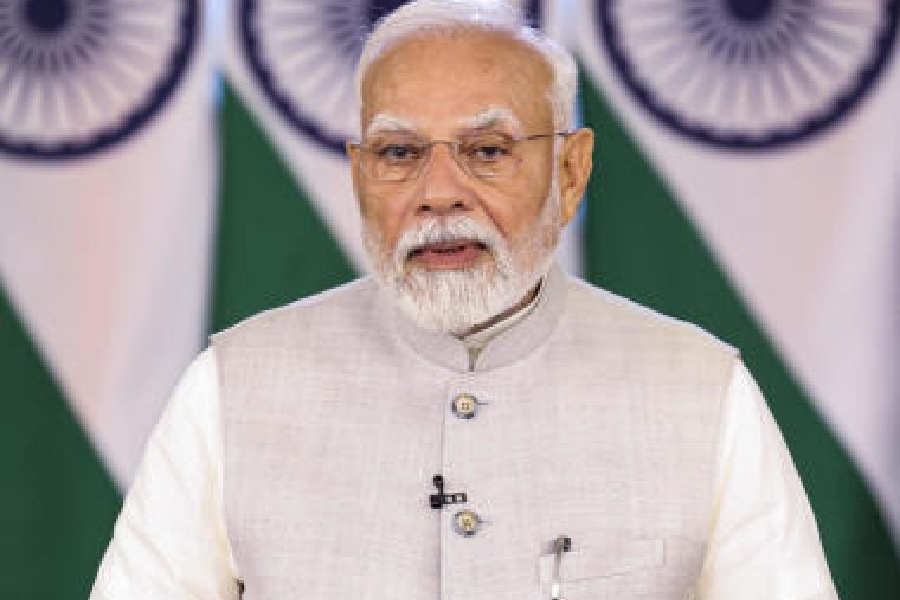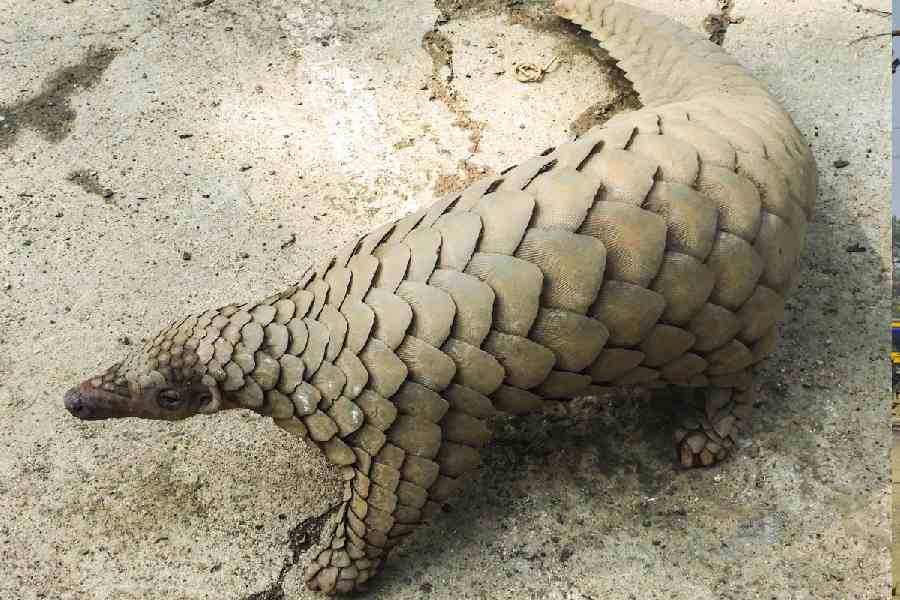 |
| COVER STORY: Maheshwer Peri, president and publisher, Outlook Group, with a copy of Marie Claire. Photo by Rajesh Kumar |
It’s no secret that Maxim’s, the men’s magazine published by the UK-based Dennis group, has been launched in India via a licensing arrangement the group signed with the Delhi-based publishing house Media Transasia. Nor that Next Gen, another Delhi-based publishing company, has introduced two automobile magazines, Car and Bike, in India. Both belong to the EMap stable. The UK-based EMap publishes nearly 150 magazines. In June, the Outlook group will launch the Indian edition of Marie Claire, the French women’s fashion monthly that has a presence in Europe and the US. All these, of course, come on top of magazines like Cosmopolitan, Elle and Autocar that are already sold here.
But here’s news that’s hot off the press. Conde Nast Publications’ fashion title Vogue will be here soon. So will at least three lifestyle magazines for men, FHM (For Him Magazine), Playboy and Penthouse. You don’t believe it? Listen to Paresh Nath, president and publisher of Delhi Press which publishes 26 magazines including Sarita, Grihshobha and Woman’s Era: “Products like Penthouse, EMap’s FHM and Playboy are searching for partners.”
Nath should know. Delhi Press and the Penthouse Media group were negotiating to launch Penthouse here. No deal was eventually inked. The buzz now is that Playboy is in talks with the Outlook and India Today groups. Outlook declined to comment on this, while the India Today group did not respond to emailed questions.
In a competitive market, publishing companies tend to be secretive about the foreign magazines they intend to bring in or even about circulation figures. Outlook refuses to divulge its initial print order for Marie Claire. Maheshwer Peri, president and publisher of the Outlook group, declines to disclose the names of the new magazines the group is planning to bring in. After Maxim, Media Transasia will launch undisclosed travel and women’s magazines. Worldwide Media admits that it will bring in at least one more title by July, having launched BBC’s Top Gear here six months ago. “And the magazine may not necessarily be from the BBC kitty. Our agreement allows us to tap other publishing houses,” explains Debashish Sarkar, CEO, Worldwide Media, the 50:50 joint venture between the BBC and Bennett, Coleman & Company.
“In the next two years you will see at least 20 new foreign magazines coming to India,” predicts Sarkar. Peri echoes that view: “Every possible foreign magazine wants to come here.” Peri promises to soon announce another foreign magazine he’s bringing to India.
Why are foreign magazines sallying forth into the Indian market? Most are looking for growth overseas. Having been revived after filing for bankruptcy in 2003, Penthouse is clearly exploring growth avenues elsewhere. Playboy too is tapping the Asia Pacific region. It has launched an edition in Thailand and has plans to get into Indonesia and India.
However, it is really the potential in India that’s driving the licensing agreements between media companies here and abroad. Says Sarkar: “The magazine sector is under-invested in and under-leveraged in India.” There are over 600 publishing houses in the UK and about 3,000 in the US. “These numbers are not comparable with India where some 16 to 17 English language titles corner 80 per cent of magazine advertising. Besides, we barely have four to five categories in the segment despite a large English-speaking market,” he says.
 |
Magazine marketers also expect foreign titles to draw advertising. Going by industry estimates, Cosmopolitan, which the India Today group launched nine years ago, makes between Rs 13 crore and Rs 15 crore a year in advertising. “Every alternate page in Cosmo is an advertisement and the magazine is getting thicker every issue,” says the Delhi-based marketing head of a magazine.
Outlook’s Peri is pinning his hopes on the fresh spate of foreign luxury brands that are expected to enter India, in the wake of the government allowing another 1,000 products into the country under a World Trade Organisation agreement. While brands like Gucci and Christian Dior are waiting in the wings, foreign direct investment in single brand retail outlets has already been allowed, building a case for creating advertising platforms for such brands.
“You will see another 300 perfume brands coming in. Foreign brands will be looking at advertising in titles that are niche, clearly segmented and in publications that they understand internationally. Besides, niche magazines deliver the right audience on a platter in a very cost effective way,” Peri says. Maxim’s publisher Piyush Sharma backs the point. “We are delivering a niche male consuming class in the age group of 20 to 49 years,” he says. The magazine targets a young, urban Indian male population. “There was no print media product for this target group before Maxim arrived on the scene,” says Sharma.
Media Transasia is also upbeat about advertiser response to the magazine’s first issue. “We have ads from both Indian and multinational brands such as Louis Vuitton, Arrow, Pepe Jeans, Tommy Hilfiger and Hyundai. My ad space is booked till January 2007,” proclaims Sharma.
Maxim’s print order is 80,000 copies, he claims. He expects this to touch one lakh copies in the first year. Media agency OMS’ president Sandeep Vij also believes that upmarket lifestyle magazines for men and women will do well in India.
For all the optimism, some are sceptical about foreign magazines faring well here. After its talks with Penthouse failed, Delhi Press has not made an effort to tie up with any other brand. “We may be the last ones to get into the licensing business as I don’t see too much merit in it,” says Nath. He points out that despite 100 per cent foreign direct investment being allowed in the non-news magazine segment, none of the brands is willing to put in money.
“I wonder if licensing is profitable. In all the licensing arrangements, it is the foreign partner who gets the money for lending the brand name. In some cases, the agreement has revenue share and profit share clauses,” he says. He feels that advertising space in most foreign magazines here is sold at a heavy discount. Some established lifestyle magazine brands boast of rate cards like Rs 1.10 lakh for a full page ad “but you could discount that by about 50 per cent,” he says.
What is more, magazine readership in India has been on the decline, according to the National Readership Survey (NRS). The English magazine category saw a 23 per cent drop in readership in NRS in 2005 as against 2003. And 94 per cent of this drop came from urban readers.
 |
On the viability of publishing foreign magazines here, Peri demurs. “You can be sure that the Indian partners have still found it (licensing) viable,” he says. Foreign publishing houses are going through a trial process for now. They need to understand the country, the law and, most importantly, the market. “Most of the license agreements have a joint venture (JV) clause built in. You will see successful partnerships blossoming into JVs in three years’ time,” he says.
As for NRS figures, Peri retorts: “Trust these numbers at your own peril.” Another magazine publisher says that the methodology for readership surveys needs revision. “It could throw up some strange numbers,” he adds.
OMS’ Vij, however, adopts a middle ground ? magazine readership may be declining collectively “but niches catering to specific audiences will grow”.
So will Indian magazine readers also see foreign magazines on skiing, gardening, boating and yatching? “They are some time away, but we will get there,” concludes Vij.











